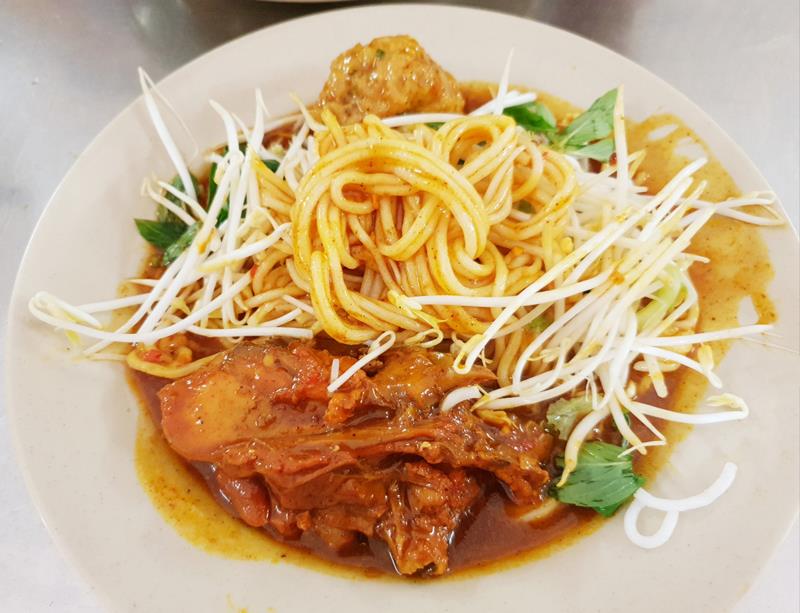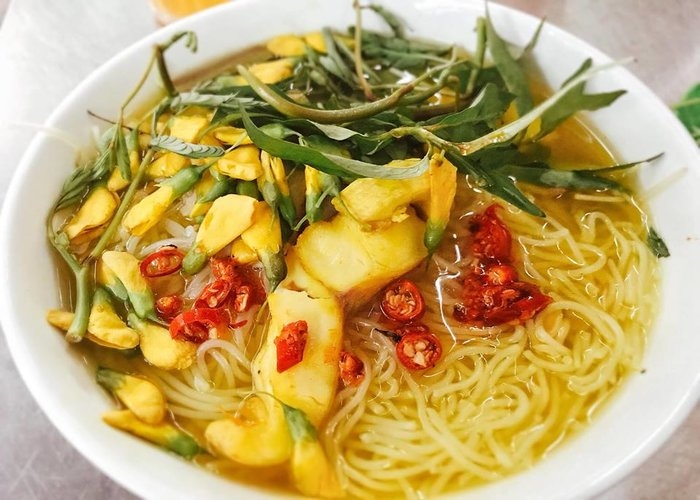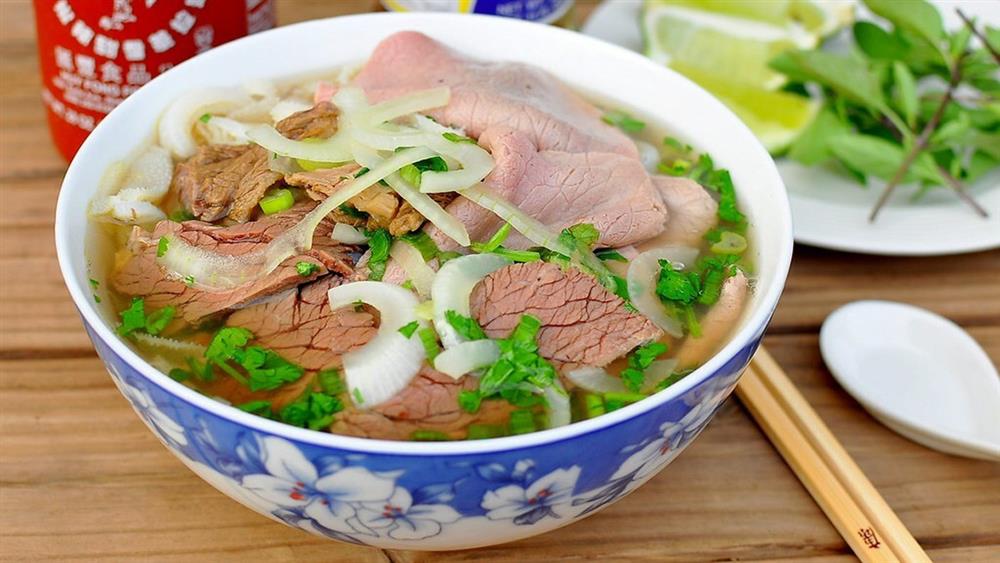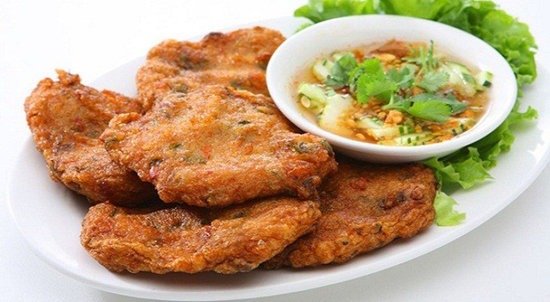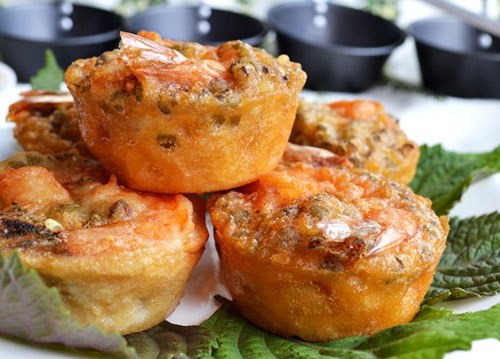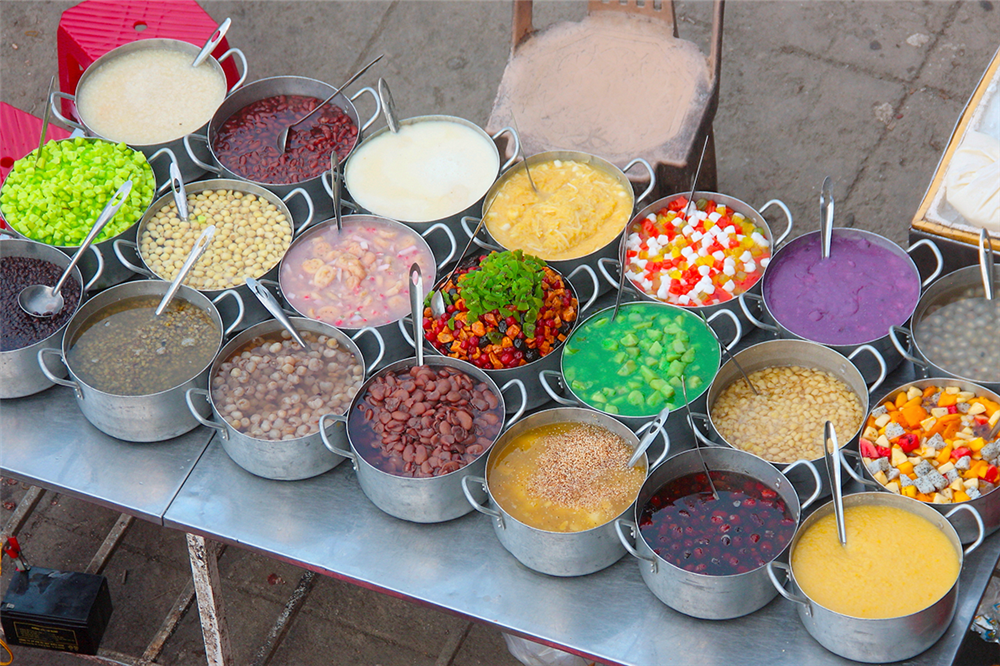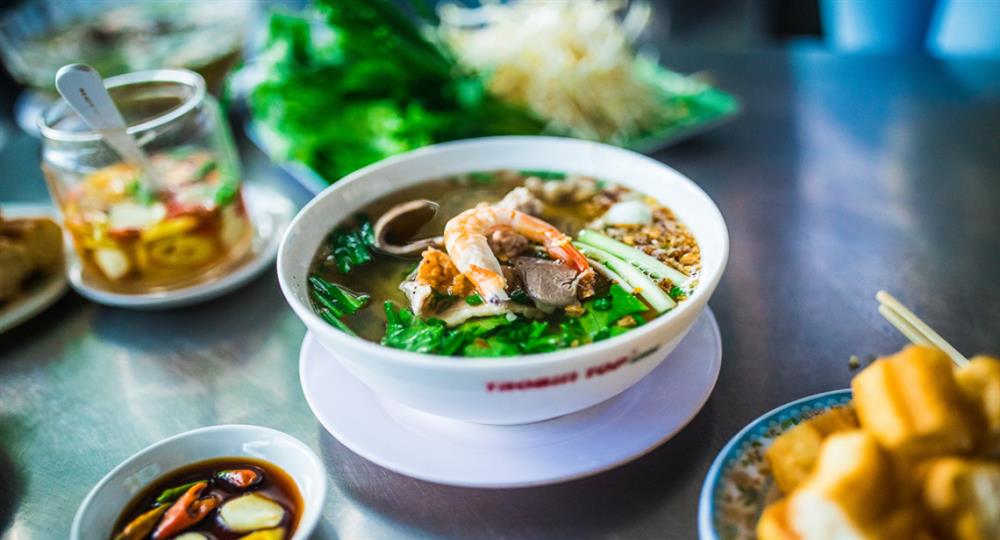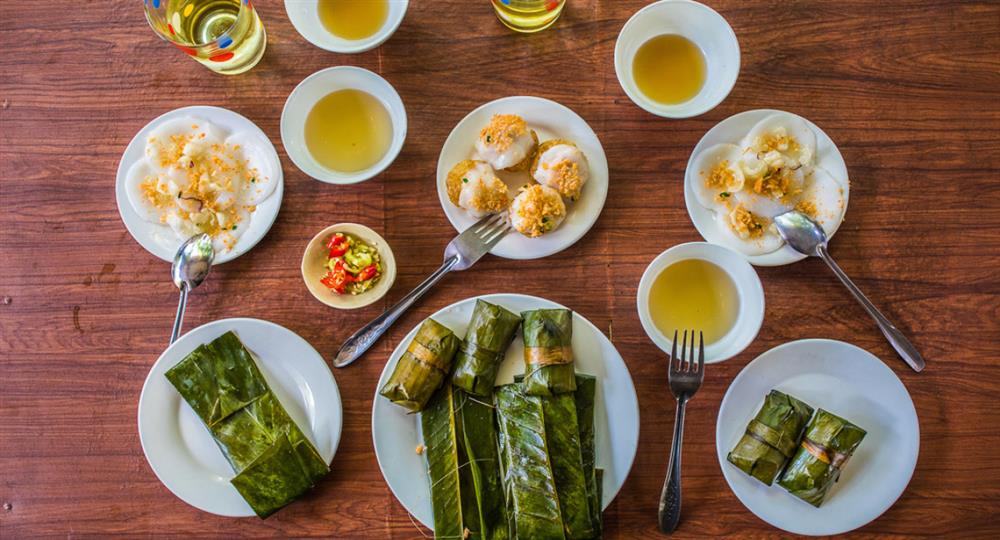To the western locals, Mam is one of the delicious and tasty dishes, yet its exotic flavors are attractive to visitors at their first taste. A lot of dishes can be processed from mam such as hotpot, mam cooked with fish sauce, steamed mam, or uncooked mam served with vegetables ...
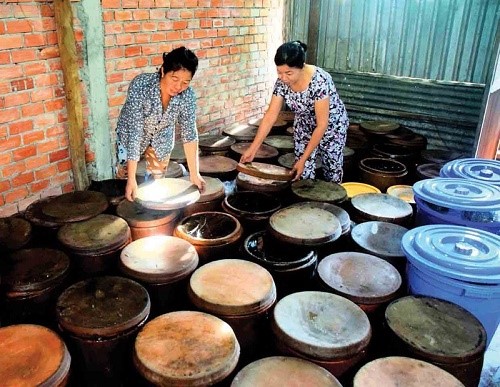 Jars (containers of fermented fish) of Mam all year round
Jars (containers of fermented fish) of Mam all year round
Mam comes in various types such as salty or sour sauce; fish or shrimp … It is mainly made from seafood such as freshwater fish found in small rivers and canals: snakehead, catfish, small carps, loaches, mystus … or saltwater species: tilapia, shrimp, crab, mitten crabs,... Skillful housewives have various processing ways to make them into a special dish with a typical flavor of western cuisine.
In the past, fish and shrimp were plentiful, so people often used snakehead, dwarf gourami or catfish to make mam. In particular, Thoi Binh District, Ca Mau province is well known for snakehead fermented fish. Firm, dry snakehead fish of about 300 - 400g covered with a layer of brown ground rice can be fried or cooked with fish sauce, spreading out good smell to far distances. This product of Thoi Binh District, is famous for its delicious taste and good smell, so visitors to this area usually buy some to bring home.
Mrs.Le Ngoc Anh, 57, from Thoi Binh Town, Thoi Binh District - an heir to the family's three-generation business says, “Every year, after harvesting rice, fields and ponds dry up, and people empty them to catch fish. My family buys 2-3 tons of snakehead, dwarf gourami, catfish for fermentation. Now, snakehead fish is fewer, we have replaced them with anabas, or small catfish. Although mam from small catfish is not as popular as snakehead one, whoever has ever tried it once usually like it and then start to order it.”
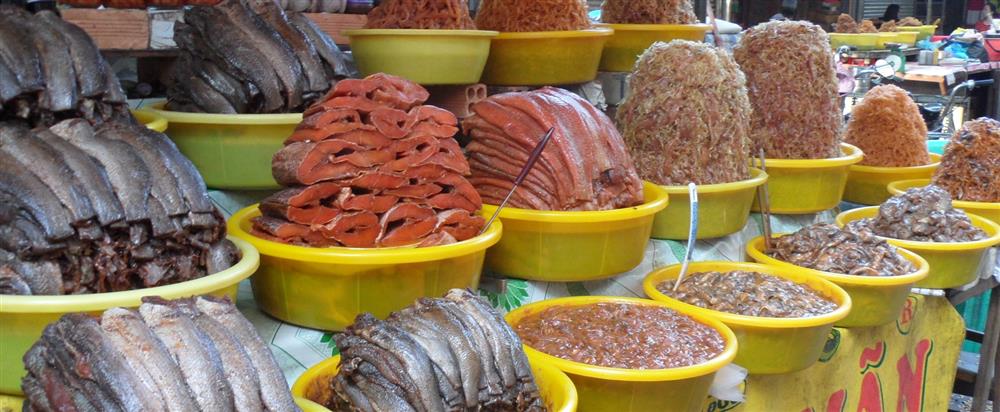 Display of fermented fish (Mam)
Display of fermented fish (Mam)
In Nga Nam District, Soc Trang Province is famous for boneless mam. Dark brown fish of about 2-3 fingers, covered with ground rice and sugar, arranged in clear jars have a very eye-catching look. The best taste in this type is due to its softness and without bones. Ms.Ngo Thi Tien, at Long Thanh Village, Tan Long Commune, Nga Nam District is best known for this kind of mam. She shares with us, “Carp is the main ingredient, and each person has their own secret tips to make it delicious, fragrant mam, but the rule of thumb is that they all must be fresh, thoroughly cleaned, and well-drained before salted so that the fish can be totally absorbed."
The proverb "Adversity brings wisdom" seems to be true for processing mam in this case because people have replaced snakehead fish and carps which have become fewer and fewer with small catfish and tilapia. People in shrimp farming areas in Ca Mau and Bac Lieu Provinces use abundant mullet and tilapia from the ponds to make mam. In fact, housewives in Khanh An Commune, Ca Mau Province have started to use fish found in the shrimp farms to make mam for two or three years now.
Ms.Tran Thi Tu from Khanh An Commune, U Minh District has 30 hectares of shrimp farming, and she can catch hundreds of kilos of tilapia. The price of fresh fish is so cheap, so she uses it to make sour mam. After 3-4 months, when sour mam is ready, she sells it well. Following her example, the whole commune has changed to produce and sell fermented tilapia.
At present, floodwater in areas like An Giang and Đong Thap provinces is low, so the number of fishery products decreases significantly. No longer expecting for heaven blessings, hard-working men have figured out special traps to catch fish. People use branches (called chay cay), put them in large river sections of deep water to lure fish to stay. Before putting these branches into the water, they use fishnets to cover around the branches. After a few months, they start unloading these branches to catch fish. This practice is most common in Hong Ngu, Tam Nong districts of Đong Thap Provinces; Phung Hiep District of Hau Giang Province; Thoi Lai District of Can Tho City. In many areas of Hong Ngu District, hundreds of kilograms of fish are sometimes removed from each trap.
The majority of fish harvested from these traps are small catfish. This kind of fish is sold cheaply because many households harvest at the same time. Traders only pay about 30,000 VND / kg for big fish (20-25 fish/kg), so local people use fish for mam. This fish has sharp spikes which can cause painful cuts, so women must be quick and skillful when preparing fish.
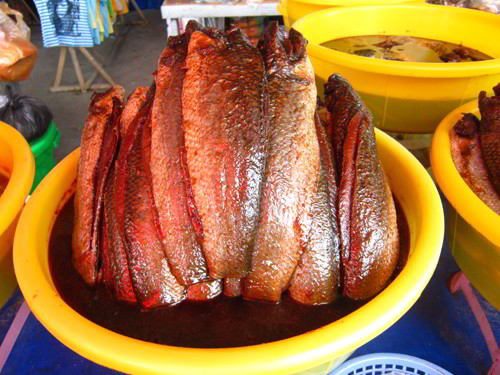 Mam Ca Loc
Mam Ca Loc
Mam is not too complicated to make, but it requires certain secrets and experience such as how to salt fish so that it is not too salty and hard; how to sugar, cover fish with ground rice so that it looks brown, not black. In the fermentation process, fish must be preserved in a very specific way to make it fragrant and waterproof. It can be said that each person makes mam in their own way, but the final product must be soft, fragrant and tasty.
I keep thinking that if we establish trade villages with good brand names to enhance and upgrade our products, we can honor the dedication and skill of the local housewives here !!
#annamtravel
#CuisineOfSouthwesternVietnamese
TRA SƯ RAIN FOREST- THE CHAM VILLAGE
HCM - Ben Tre - Vinh Long - Soc Trang - CT 3N2D
Nguồn: Internet








